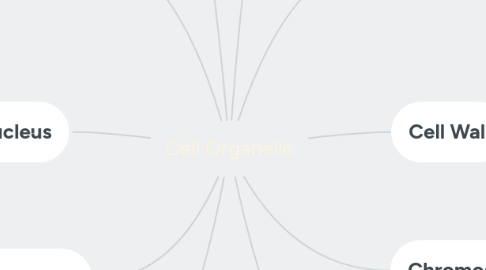Cell Organelle
by SWAYAM SHINDE


1. Cytoplasm
1.1. It is the jelly-like substance present between the cell membrane and the nucleus.
2. Nucleus
2.1. It is an important component of the living cell. It is generally spherical and located in the centre of the cell. It can be stained and seen easily with the help of a microscope.
3. Nuclear membrane
3.1. Nucleus is separated from the cytoplasm by a membrane called the nuclear membrane.
4. Prokaryotes
4.1. The cells having nuclear material without nuclear membrane are termed prokaryotic cells. The organisms with these kinds of cells are called prokaryotes (pro: primitive; karyon: nucleus). Examples are bacteria and blue green algae.
5. Plastids
5.1. They are of different colours. Some of them contain green pigment called chlorophyll.
5.1.1. Chloroplasts
5.1.1.1. Green coloured plastids are called chloroplasts. They provide green colour to the leaves.
6. Cell Membrane
6.1. The membrane separates cells from one another and also the cell from the surrounding medium.
7. Cell Wall
7.1. In addition to the cell membrane, there is an outer thick layer in cells of plants called cell wall.
8. Chromosomes
8.1. In addition, nucleus contains thread-like structures called chromosomes.
8.1.1. Genes
8.1.1.1. Chromosomes carry genes and help in inheritance or transfer of characters from the parents to the offspring.
